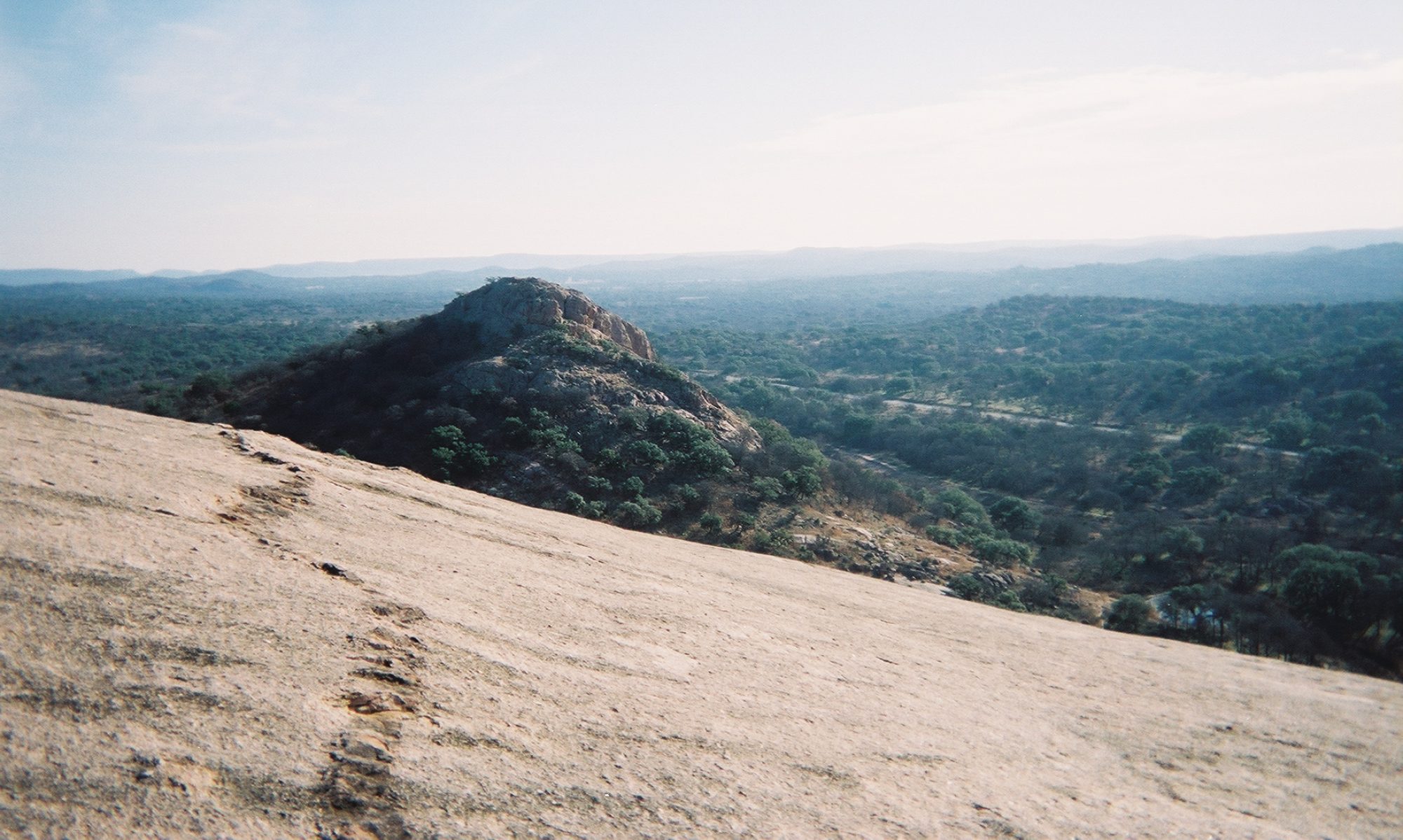My niece in Virginia Beach, said a short while ago on Facebook: “Earthquake on Tuesday, hurricane on Saturday…this is shaping up to be a stellar week!” I’m glad of course that she is doing well as is her family and she can maintain her sense of humor.
The East Coast earthquake seems to be the topic of the afternoon. A fellow who works on my floor — our conversations have never ventured beyond small talk in the past couple of years I’ve known him — mentioned how weird the quake was. A man passing time listening to NPR while waiting on someone at the grocery store also made some mention of it. This fellow said he had lived in California and studied quakes. He said that when cool temperatures come up suddenly there tend to be more shaking.
Compared to the 80-degree nights we have been having in Southeast Texas, the last couple of nights in the area of the quake’s epicenter has been cool — in the upper 50s and 60s for lows, we’d take it — but hardly earth-shaking cold. Nonetheless, it was an interesting theory to listen to while putting the groceries in my auto.
This was the most powerful earthquake in the Eastern U.S. area in 100 years, according to the U.S. Geological Survey. That is significant enough. But the fact that the quake was felt in Washington, New York City and Boston — the Megapolis (BosWash) — is another reason that this is such a big event even though the quake was nothing as severe as the 9.0 quake and tsunami that hit eastern Japan in March.
The fact is earthquakes happen all the time and all around the world. An earthquake can strike any location at any time, the USGS says. The last earthquake in Texas was 11:30 p.m., Aug. 6, about 6 miles west southwest of Dallas, this according to the “Last Earthquake in … “ page on the USGS Website. Pretty neat site, actually, as is individual state earthquake histories by that same agency. Included in the Texas earthquake history was a blurb of the series of shocks that hit in the mid-1960s in the area just north of where I was raised:
“A series of moderate earthquakes in the Texas – Louisiana border region near Hemphill started on April 23, 1964. Epicenters were determined on April 23, 24, 27, and 28. There were numerous additional shocks reported felt at Pineland, Hemphill, and Milam. The only damage reported was from the magnitude 4.4 earthquake on April 28 – wall paper and plaster cracked at Hemphill (V). The magnitude of the other epicenters changed from 3.4 to 3.7. Shocks were also felt at Pineland on April 30 and May 7. On June 2, three more shocks were reported in the same area. The strongest was measured at magnitude 4.2; intensities did not exceed IV. Another moderate earthquake on August 16 awakened several people at Hemphill and there were some reports of cracked plaster (V). The shock was also felt at Bronson, Geneva, Milam, and Pineland.”
There was a lot of local interest in these shocks in my area, not because it was spread over the news or the Internet. It wasn’t. This was, after all, 1964 in the Pineywoods of East Texas.. All the talk, as I can remember, was by word of mouth. Much of the concern centered around Toledo Bend Reservoir, which spans the Texas-Louisiana border for 65 miles and is the largest man-made water body in the southern U.S. Toledo Bend was being built during that time so some dismissed the shaking as dynamite charges, used for what in building the huge lake I have no idea. Others still, worried about building a large dam holding almost 4.5 million acre feet of water — think 4.5 million x 1 acre of water that is 1 foot deep — being built on faults capable of producing seismic eruptions as those in 1964. But just as suddenly as the quakes came did they leave.
Everyone, it seems or at least in the U.S., has some sort of violent natural aspect for which to be concerned. Where I live it’s hurricanes, flooding, tornadoes (not recently though), lightning, forest fires, marsh fires, extreme heat and humidity, disease-ridden mosquitoes, alligators, snakes, flesh-eating bacteria from the Gulf waters, and if you believe some, Bigfoot. Those are just some of the natural threats. Oh and earthquakes, we don’t have a big risk but remember what the USGS said. At least we don’t have mudslides, like California.
Hopefully, my niece and her family and my friends on the East Coast will escape Hurricane Irene. It is bad enough just surviving everyday life without earthquakes and tropical cyclones to worry about. If my loved ones can get through that storm and the earthquake with little or no problems, then perhaps those folks might just really have a stellar week. Let’s all hope they do.

Spelling error report
The following text will be sent to our editors: